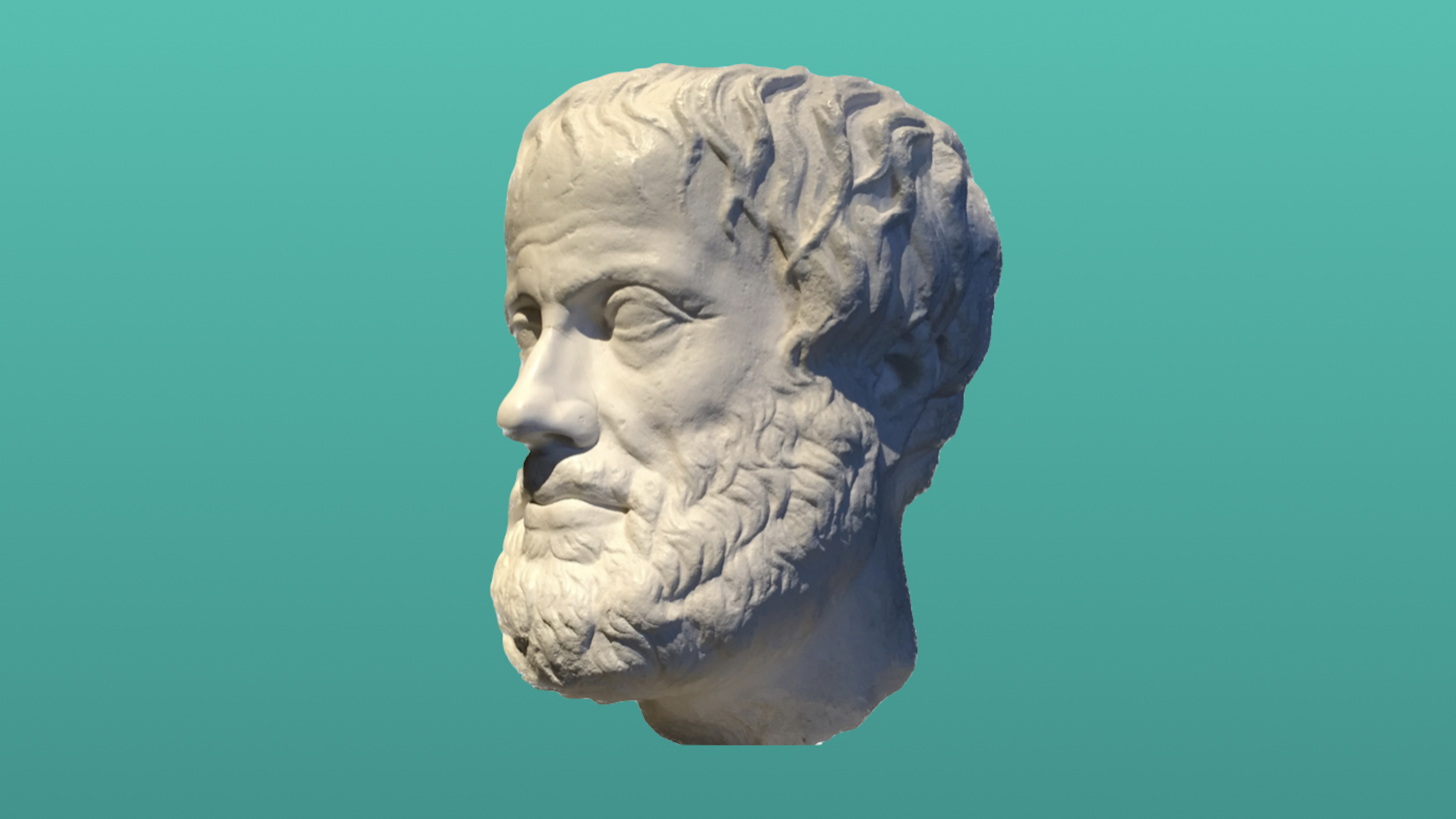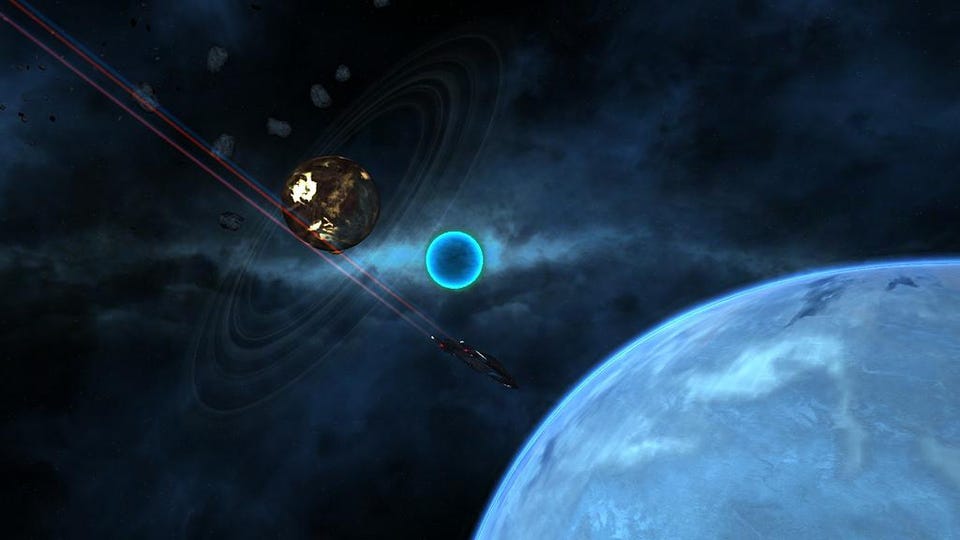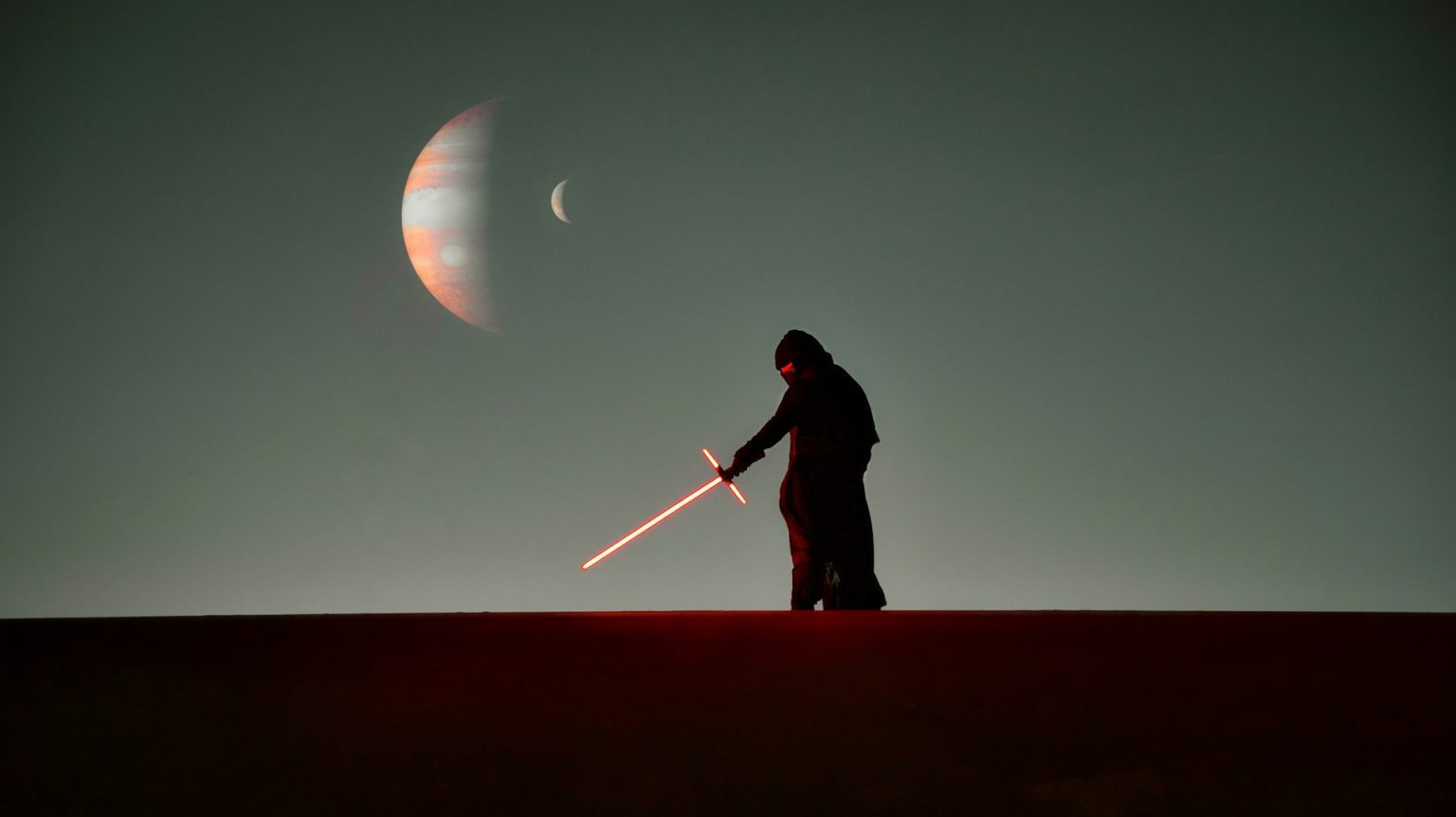Study: A Little Forethought Can Cure the Urge Toward “Mindless Accumulation”
At the beginning of the Great Depression, John Maynard Keynes made a bold but logical prediction (pdf): In the long run, humanity was solving its economic problems, so that by 2030, in “progressive countries,” a 15-hour work week would be the norm. Now, 17 years short of 2030, the world seems to have fulfilled Keynes’ prophecy that we would be eight times better off economically than they were when he was writing. So where is the leisure he foresaw? Why are we all still working like fiends? In this paper, Christopher K. Hsee and his co-authors suggest that at least part of the explanation is psychological. Where rational economic creatures would work until they had earned enough to satisfy their needs, Homo sapiens has a propensity for “mindless accumulation”: Working until you can’t work any more, thereby earning way more than you need. In a series of lab experiments, the researchers write, they’ve isolated this tendency to “overearning” and found hints of a possible cure.
In their first experiment, 29 women and 26 men were each put in front of a computer monitor with a headset, on which pleasant piano music would play. For the next five minutes, the volunteer had a choice: Keep listening (ie, enjoy a bit of leisure time), or push a key and hear an irritating sound for a fifth of a second. For this annoying task (ie, work), they would be rewarded with a miniature Dove bar. Half the group was told it would take 20 noises to earn one chocolate; the other half got a much lower wage: 120 noises for one chocolate. In the second half of the experiment, the volunteers got their “pay” and could eat as much of it as they pleased. But, as in life, they couldn’t take any chocolate with them when they left. So the volunteers had a clear incentive to “work” for as much chocolate as they could enjoy in the lab, and no reason to work for more.
Nonetheless, those in the high-wage group (one chocolate for 20 noises) “overearned” by a wide margin: As a whole, they worked enough to get nearly 11 Dove candies per person, even though they actually ate less than five per person. (There was an outlier—one hungry loon who earned 50 chocolates and ate 28 of them—which created some odd statistics but didn’t alter the overall results.) Meanwhile, the low-wage people (one chocolate for 120 noises) earned only an average of two and a half Dove bars each. This was, nonetheless, more than they wanted to eat; they too left some chocolate on the table.
So, the experimenters write, they’ve shown that their volunteers will work earn more than they need, piling up chocolate that they’ll never eat. And this tendency was much more pronounced in the “high-wage” group.
You might think people simply overestimated how much chocolate they would want to eat, and worked accordingly. But that doesn’t explain the results. Firstly, Hsee et al. tolf a second group of volunteers about the procedure and asked them to estimate how much chocolate they would work for if they were to do the experiment themselves. They pegged it at around 4 chocolates. That’s pretty close to what the high-earner group actually ate, suggesting that people didn’t misjudge how much they would need. Secondly, if everyone in the experiment had a tendency to overestimate their desire for Dove chocolate bars, then the low-wage people should have done so as well, and worked harder.
Another possible explanation (very common on the streets of New York, where I live) is that the workers just loved their job, and couldn’t get enough of it. The experimenters addressed this by asking the group to rate the experience of listening to the nasty noise versus listening the music. Idle music-listening was rated as far more pleasurable. So for this particular instance of “work,” sheer joy was not the explanation.
In a second experiment, the researchers wanted to see what would happen if, while earning, people were made to think consciously about how they were piling up rewards they would never use. “One way to achieve this was to force participants to eat all of their earned chocolates,” the authors write, maybe a little wistfully, “but doing so was not ethically justifiable.” So the reward this time around was: jokes. During their first three minutes in front of the computer, volunteers could earn the right to read one joke by subjecting themselves to five instances of noise. In the second 3 minutes, the jokes they had earned would be displayed on the computer screen. Here, though, they were warned about the Catch-22: With the strict time limit, a person who had earned too many jokes would watch them fly by too fast to catch the punch lines.
Again, the participants (19 women and 21 men) overearned. However, half the group, which had been asked beforehand to think about how many jokes they wanted to see, overdid it a great deal less. Most of these people, in fact, reached their target number of jokes and then stopped “working.” Participants were again asked how happy they were doing their tasks, and those who had earned the most jokes were least happy (presumably from the jestus interruptus they kept suffering). In fact, the paper says, “the more jokes participants earned, the less happy they were.”
What this suggests, write Hsee et al., is that overearning is a strong drive. People did it even when they knew that overshooting the mark would reduce their enjoyment of their reward. On the other hand, the drive to overearn does seem susceptible to a framing effect. Some volunteers, remember, were reminded before the task about what they considered adequate for their needs. Those people engaged in less “mindless accumulation” than those who just sat down and started to work.
With that in mind, Hsee et al. set up a third experiment., with an explicit “earning cap.” As they worked for their wage (this time, one Hershey’s kiss for every 10 instances of noise) the volunteers were notified when they had earned 12 chocolates. Half saw a message that told them they could not earn any more reward, though they were welcome to keep irritating themselves with noises if they liked. The others were told they could keep adding to their chocolate pile by continuing the chore.
Those people kept working away, earning an average of 14 and a half Hershey’s kisses per person—even though they ended up eating only six and a half each. Those who saw the “earning cap” message, though, stopped working sooner, earned less, and thus left much less uneaten chocolate on the table. Moreover, those people pronounced themselves happier.
Hsee et al. acknowledge, of course, that they’ve created a highly simplified model of the working life—one where love of work, desire to pass on an inheritance, competitiveness with others, social norms and a host of other elements are not present. There is also a Henrich caveat here: The experimental groups were not very big, and they were made up entirely of people from a WEIRD (Western, Educated, Industrial, Rich Democratic) society. “Our priority,” they write, “was minimalism and controllability rather than realism and external validity.” Fair enough. You have to start somewhere.
Many have considered the fact that higher incomes don’t correlate with greater happiness and proposed that the tendency to earn more than we need might stem from status-seeking and envy of others. Hsee et al.’s work suggests there are other drivers worth considering. The authors think that “mindless accumulation” is simply a mismatch between human nature and our current abundance. Until recently, they note, scarcity made overearning impossible, and it made sense to work for a reward as long as one was on offer.
In any event, now that more and more of us are surrounded by material comfort, it does seem a good idea to think about how we can wean ourselves off the ancient habit of working till we drop. It will likely not be easy, as Keynes foresaw: “Yet there is no country and no people,” he wrote, “who can look forward to the age of leisure and of abundance without a dread. For we have been trained too long to strive and not to enjoy.”
Hsee, C., Zhang, J., Cai, C., & Zhang, S. (2013). Overearning Psychological Science DOI: 10.1177/0956797612464785
Illustration: The gold-obsessed dragon Fafner stands guard over his treasure. Arthur Rackham, via Wikimedia.
Follow me on Twitter: @davidberreby





